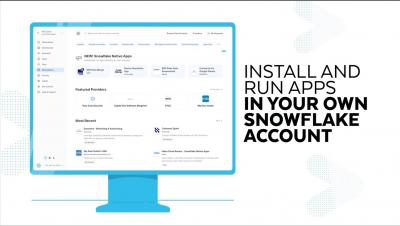Systems | Development | Analytics | API | Testing
Cloud
Koyeb Metrics: Built-in Observability to Monitor Your Apps Performances
At Koyeb, we're working to build the most seamless way to deploy apps to production without worrying about infrastructure. But there's still plenty to keep you busy at the application layer with performance tuning and troubleshooting. That's why we're introducing Metrics — an easy way to monitor and troubleshoot application performance. Deploying on Koyeb makes thinking about infrastructure or orchestration unnecessary.
Introducing the DreamFactory AWS AMI Launch!
Where Are IIS Log Files Located? How to View IIS Logs on Windows & Azure
Discover where IIS log files are located on both Windows servers and Azure. This guide offers a step-by-step tutorial on how to locate and view your IIS logs, ensuring efficient troubleshooting and security audits. For a standard Windows Server, the default log location is: %SystemDrive%\inetpub\logs\LogFiles If your IIS logs are not stored in the default location, follow these directions below to look up where they are currently being stored.
Accelerate Docker builds with cache
Speed and efficiency are paramount during the build process. If you use a Dockerfile to build your container images from source code, you want to know about build cache. In this blog post, we’ll talk about what happens when you create a Docker image using a Dockerfile, how caching works with Docker, and how to optimize your Dockerfiles to maximize the benefits of build cache with Docker and on Koyeb.
How to use Google Charts with React for Dynamic Data
According to research from Matillon and IDG, data volumes increase by 63 percent per month on average in an organization. Examining such substantial volumes of data without the right tools makes it impossible to make informed decisions, even in small businesses. The key to deriving useful and profit-driving insights from data is data visualization - which turns complex raw figures into meaningful visual representations of the data. Google Charts is a free data visualization library provided by Google.
Choosing the Right ETL Tool for Google BigQuery Storage
Dockerfile Deployment on High-Performance MicroVMs is GA
Today, we are excited to announce the support of Dockerfile based deployments in general availability. You can now deploy any GitHub repository that contains a Dockerfile across all our locations worldwide. It can be used to deploy APIs, full-stack applications as well as workers with no extra cost. Building and deploying using Dockerfiles offers more flexibility: you can deploy any kind of application, framework, and runtime, including with custom system dependencies.











